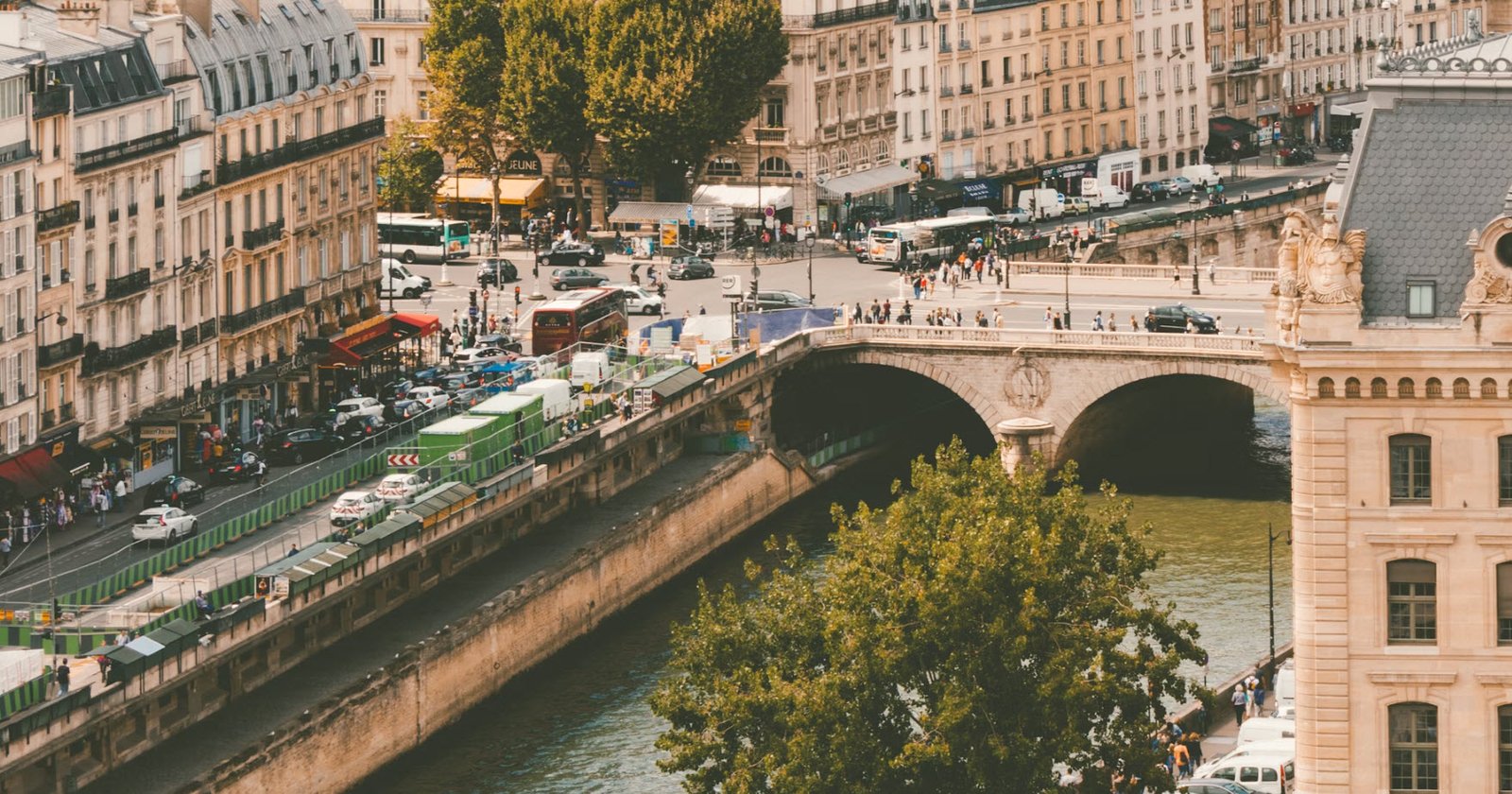
Your Complete Guide to Backpacking Through Europe
Backpacking through Europe is a dream trip for many travelers—and with good reason. It’s affordable, exciting, and filled with history, culture, food, and unforgettable adventures. Whether you’re going for a few weeks or a few months, this complete guide to backpacking through Europe will help you plan smart, travel safe, and make the most of every stop.
Why Backpack Europe?
- Easy and affordable transport (trains, buses, budget airlines)
- Countries are close together, with diverse languages and cultures
- Great mix of cities, nature, history, and nightlife
- Perfect for solo travelers, couples, or friends
Step 1: Plan Your Route
Popular Routes for First-Timers:
- Western Europe: Paris → Amsterdam → Berlin → Prague → Vienna → Venice → Rome → Barcelona
- Eastern Europe: Kraków → Budapest → Belgrade → Sofia → Bucharest
- Mediterranean Loop: Athens → Santorini → Naples → Rome → Florence → Nice → Barcelona
Tips:
- Start in a major hub (like London, Paris, or Berlin)
- Don’t try to visit too many places—quality over quantity
- Stay in each city for 2–4 days to really enjoy it
Step 2: Budget and Transportation
Daily Budget Estimate:
- Budget: €40–€60/day
- Mid-range: €70–€120/day
- Backpacker tip: Eat local, stay in hostels, and walk a lot!
Getting Around:
- Eurail Pass – Great for unlimited train travel across multiple countries
- Budget Airlines – Ryanair, EasyJet, Wizz Air for longer distances (pack light!)
- Buses – FlixBus and BlaBlaCar offer cheap and scenic options
Step 3: What to Pack (Travel Light!)
Essentials:
- Backpack (40–60L size)
- Packing cubes or organizers
- 4–5 shirts, 2 pants/shorts, 1 hoodie/jacket
- Flip-flops, walking shoes
- Quick-dry towel
- Reusable water bottle
- Power adapter (EU plugs vary)
- Copy of passport, insurance, and reservations
- Toiletries and basic meds
- Lock for hostel lockers
Pro Tip: Do laundry every week and pack for 7–10 days max.
Step 4: Where to Stay
Best Options for Backpackers:
- Hostels: Social, affordable, and often centrally located
- Budget hotels or Airbnbs for privacy
- Couchsurfing: Free stays with locals (do your research!)
- Overnight trains or buses: Save time and money
Use apps like Hostelworld, Booking.com, or Couchsurfing to book ahead (especially in high season).
Step 5: Must-Have Apps
- Google Maps (offline maps)
- Rome2Rio (how to get from A to B)
- Omio (trains, buses, flights)
- Hostelworld (hostel bookings)
- Duolingo (basic language help)
- Splitwise (track shared travel expenses)
Step 6: Top Experiences by Region
Western Europe:
- Paris: Eiffel Tower, museums, cafés
- Amsterdam: Canals, bikes, Anne Frank House
- Berlin: History, street art, nightlife
Southern Europe:
- Rome: Colosseum, pasta, history everywhere
- Barcelona: Gaudí architecture, tapas
- Athens: Acropolis and Greek islands nearby
Eastern Europe:
- Prague: Castles, beer, medieval vibes
- Budapest: Thermal baths and river views
- Kraków: Old Town and day trips to Auschwitz
Step 7: Stay Safe and Smart
- Keep a money belt or hidden pouch for valuables
- Carry a copy of your passport
- Avoid unmarked taxis or sketchy ATMs
- Use hostel lockers for your stuff
- Let someone back home know your itinerary
Step 8: Enjoy the Culture
- Try local foods and drinks
- Learn a few local phrases (please, thank you, hello)
- Join free walking tours to meet people and learn
- Visit local festivals or events if your dates match
- Respect local customs and dress codes, especially at religious sites
Final Thoughts
Backpacking Europe is more than checking off cities—it’s about the people you meet, the stories you collect, and the moments you didn’t plan. Keep your schedule flexible, your backpack light, and your curiosity wide open.
You don’t have to see it all—just enjoy each place as it comes. Safe travels and happy exploring!
Comments
Comments are closed.
 ENG
ENG






